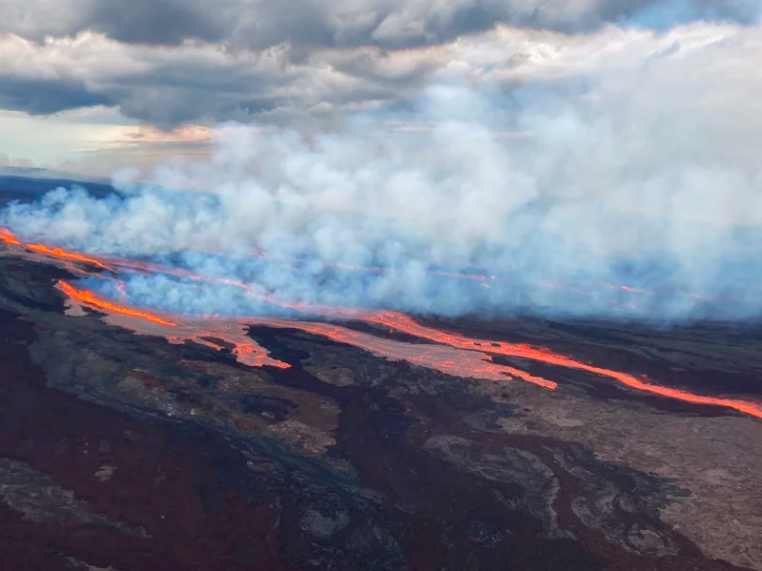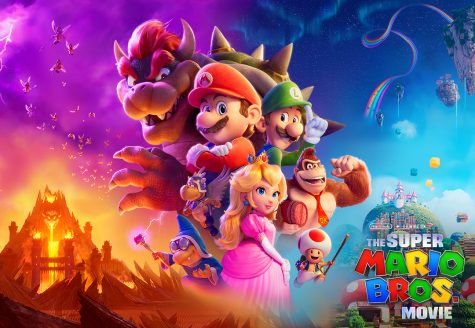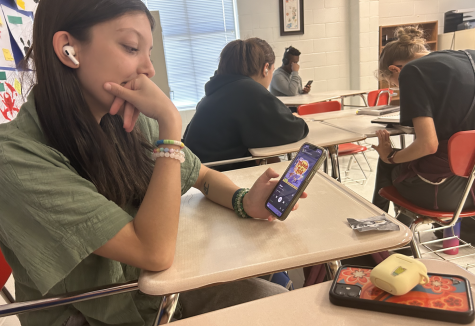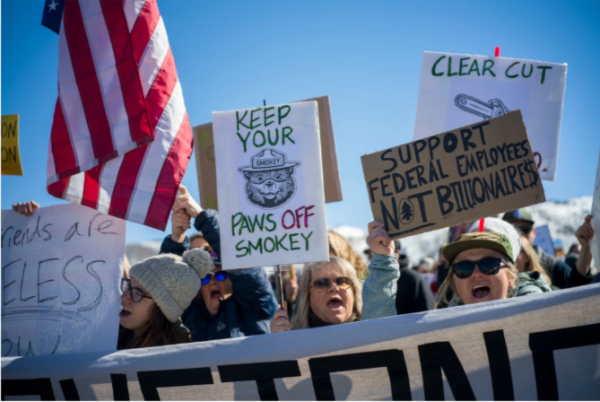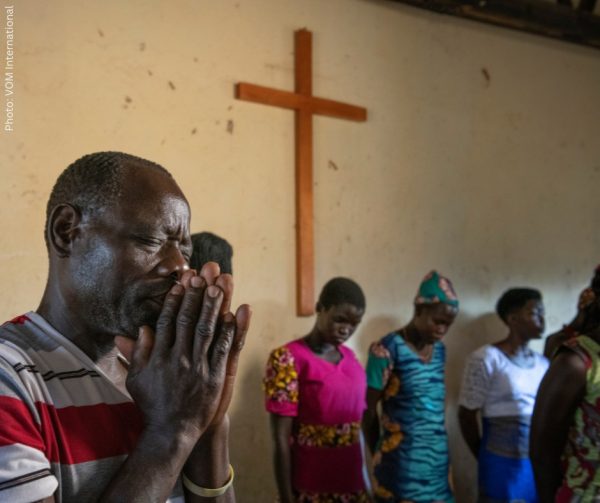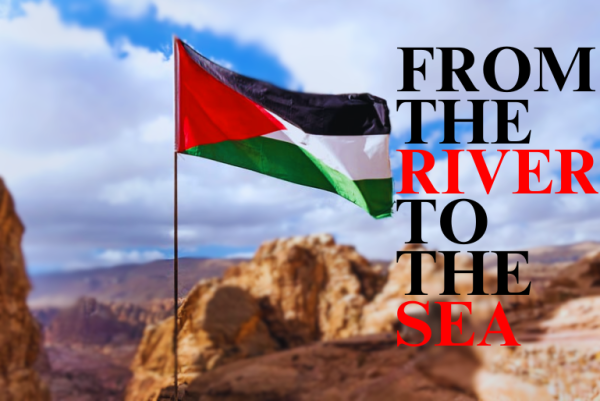Erupting across headlines
After nearly 40 years of silence, the world’s largest active volcano, Mauna Loa, is due for seismic activity. With the Hawaiian mountain’s recent eruption, it has spurred excitement in scientists as the public leans in with curiosity to peek at Mauna Loa’s many mysteries.
While most volcanoes form above tectonic plates, areas in the Earth’s crust where collisions can occur, the Hawaiian Islands mystified scientists as they formed miles away from the nearest boundary. Providing some answers in 1963, a scientist proposed the “hot spot” theory, which explains the islands’ creation being due to built up magma under Earth’s surface that occasionally bursts through the plates. Mauna Loa last erupted in 1984, resuming its silence in the four decades following; however, the volcano that shares a magma source with Mauna Loa, called Kilauea, has erupted continuously through the decades, making this long wait for activity even more unusual.
“This hot spot has probably been fomenting volcanic activity for tens of millions of years, although it arrived in its current position under Mauna Loa only about 600,000 years ago. And as long as it remains there, Dr. Orcutt [a geophysicist] said, it will reliably produce volcanic activity,” The New York Times said in an article.
Seismometers, an instrument that responds to earthquake signals, detected measures increasing in intensity from low-magnitude earthquakes found beneath Mauna Loa; however, experts think the increase might have resulted from the mountain’s weight pressing down on the Earth. More activity revealed itself late November, with the lava becoming increasingly shallow. The eruption began at Mauna Loa’s summit and had two routes to take, one rift led to uninhabited lands, and the other led straight to communities. Luckily, for Hawaii’s residents, all indications point towards the hot lava flowing only to the empty side.
“With the eruption underway, researchers on the Big Island, including Jim Kauahikaua, a volcanologist with the U.S.G.S. Hawaiian Volcano Observatory, have had to strike a careful balance between concern for public safety, given the many unknowns, and the desire to collect data,” The New York Times said in an article.
The largest concerns, since the magma appears to be avoiding communities, are with ashfall, volcanic gas, and lava glass strands called Pele’s Hair. Southwest Airlines began to cancel flights to and from Honolulu, cautious of the volcano’s activity. Until the ash cloud’s size has been determined, the state warns populations to check with air travel prior to arriving at the airport. Mauna Loa’s ashfall can damage buildings, contaminate water, be abrasive to eyes and lungs, and possibly damage vegetation, making it important for those with respiratory illnesses to remain indoors.
“I feel for the people in Hawaii because that must be very scary right now,” Brooke Belsito, senior, said.
For updates on Mauna Loa and Hawaii’s population, visit here.

Hi! My name is Grace, and I am a senior at Etowah. As my fourth year on the staff, I am the Head of Social Media and Marketing for The Talon. I am a part...

